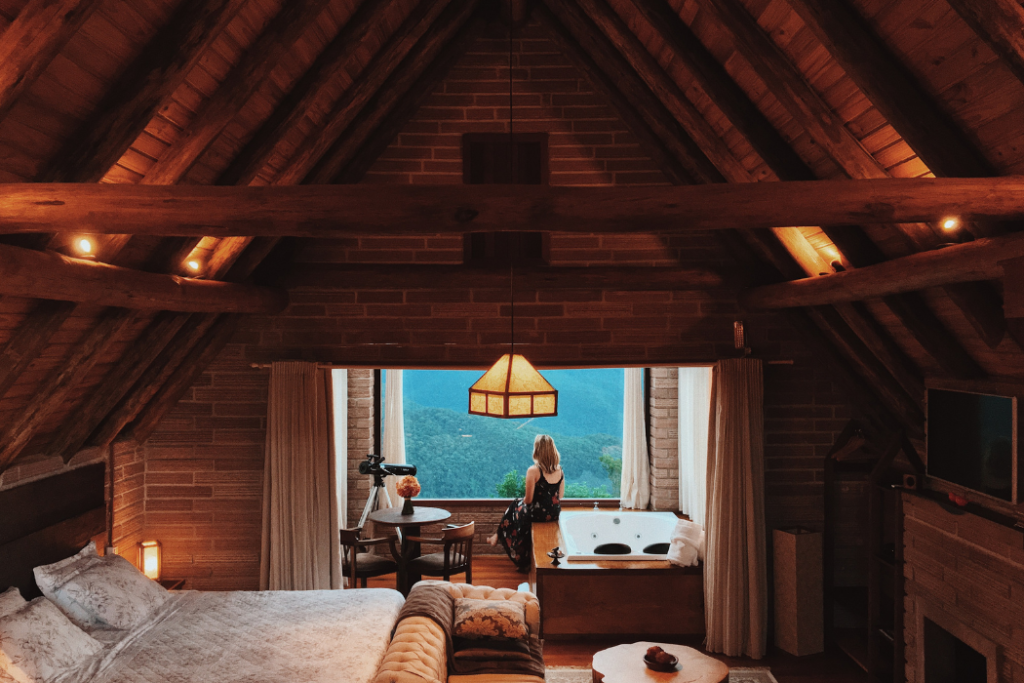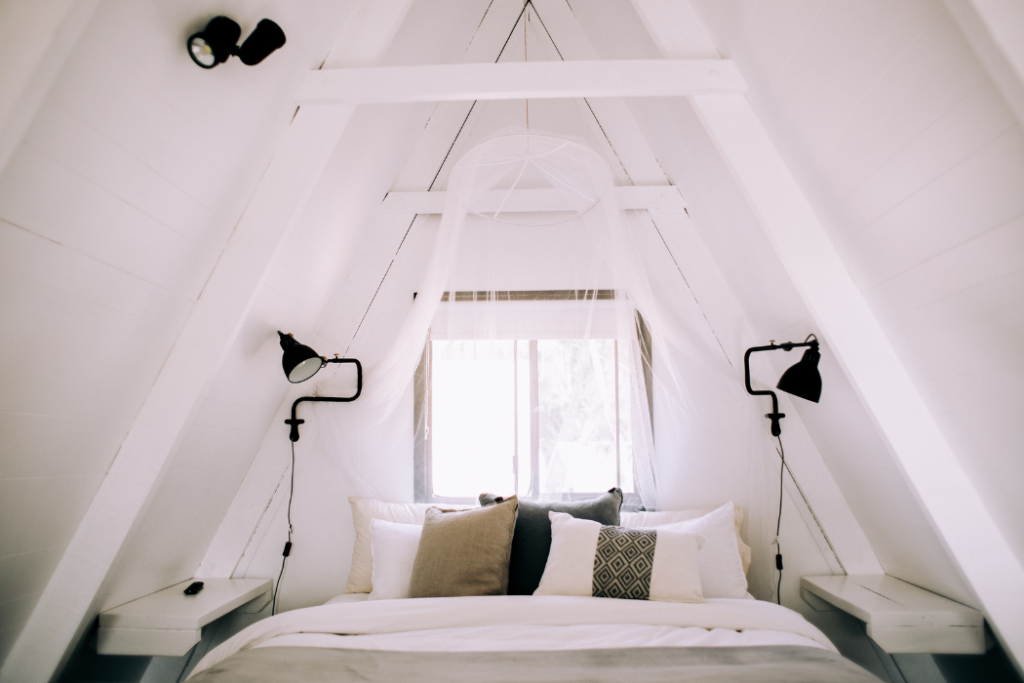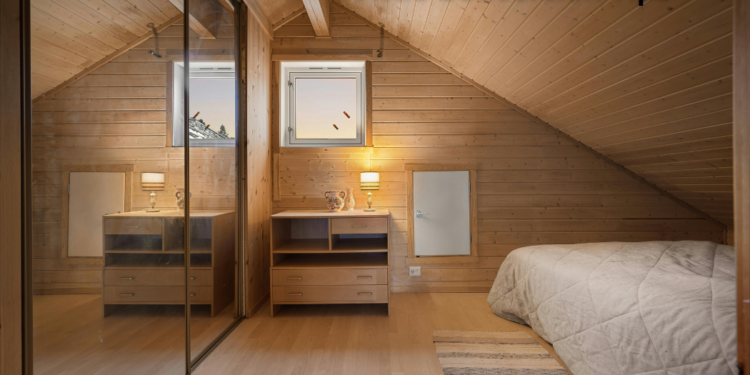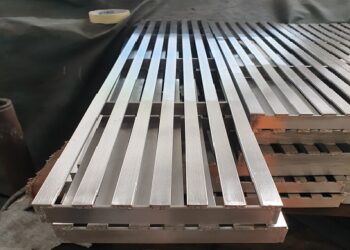Turning your attic into a livable space is a smart way to add extra room and boost your home’s value. But here’s the thing—attic conversions often go wrong. Even though they’re easier than building an extension, they can still be full of problems if not done right. If you’re considering an attic remodel, these Attic Conversion Tips are a must-read. So, before you dive into this fun project, let’s talk about some common mistakes people make and how you can avoid them to get the best results.
Table of Contents
What is an Attic?

An attic (also called a loft) is the space right under the slanted roof of a house or building. Some people call it a sky parlor or a garret. Since it’s squeezed between the ceiling of the top floor and the roof, attics often have odd shapes, tricky corners, and exposed wooden beams.
While some attics are turned into cozy bedrooms, home offices, or even small apartments with windows and stairs, most are just used for storage. They can be hard to reach, usually accessed through a small hatch with a pull-down ladder. Attics play a big role in temperature control by trapping rising heat from lower floors. This is why they’re often super hot in summer and freezing in winter. In the past, they were known for being uncomfortable, but these days, many homeowners insulate them to save on heating costs—because an uninsulated attic can lead to around 15% of a home’s heat loss!
Also Read about: Insulation Excellence for a Cozier Home
Attic Conversion Tips
Thinking about turning your attic into a usable space? Great idea! But it’s important to plan carefully to avoid any costly surprises. First, make sure your attic has enough headroom and proper ventilation. You’ll also need to reinforce the floor to support furniture, and don’t forget about insulation to keep it cozy all year long. Skylights are a great addition for natural light, and you’ll need a safe, sturdy staircase for access. Oh, and make sure to check your local building codes before getting started. With the right planning, an attic conversion can add both space and value without the extra stress!
Here are some simple tips to help you get it right:
Check for Sufficient Headroom
One of the biggest mistakes I see with attic conversions is not having enough headroom. Since attics are often smaller and have sloping roofs, this can be a common issue. If there’s not enough height, you won’t be able to call the space a livable room when it’s time to sell. Plus, the room could feel cramped and uncomfortable.
To avoid this, you’ll need to check if your attic has enough headroom for a proper living space. For it to count as a habitable room, the ceiling must be at least 2.4 meters high in half of the usable space. This means you could call it an extra bedroom when selling. If you’re unsure whether your attic meets these requirements, it’s worth getting a professional opinion before moving forward with any plans.
Is planning permission necessary?
Another common mistake people make when converting attics is not fully utilizing the space to avoid the hassle of getting planning permission. It might seem tempting to skip any work that needs approval to save time. But in the grand scheme of things, waiting for three months to get approval isn’t that long, especially if it means you’ll end up with a livable room. So, don’t be afraid of the planning process. Yes, you might get some opinions from neighbors, and there’s a bit of risk involved, but cutting corners to avoid it isn’t a good idea.
If you plan to raise the roof or add windows to the front or side, you’ll probably need planning permission. Skylights at the back of the house don’t need approval, but a dormer window will. It’s always a good idea to check with your local planning authority before starting any work.
Consult with a structural engineer for expertise.
Another mistake I often see with attic conversions is not considering how much weight the floor can handle. Attic floors aren’t usually built to support furniture and people, so if you want to turn the space into a bedroom or living area, you’ll need to reinforce the floor. This can be done by adding support beams or joists to the existing structure. It’s really important to have a structural engineer check if the floor can handle the weight before you start working on the project.
The engineer will also make sure the work follows building regulations. You’ll need a certificate of compliance to show that the work has been done properly. When it’s time to sell, you’ll need these documents, so it’s crucial to get them sorted out early on.
Craft a Unique Staircase Design.
One of the biggest mistakes I often see with attic conversions is not thinking through the staircase design. When planning a staircase for your attic, it’s really important to make sure it’s easy to use, and that it meets the safety and accessibility rules.
The stairs should be comfortable to climb and should fit well in the space, so you don’t feel cramped. This means paying attention to the height and width of the steps, as well as the handrails and balustrades.
Spiral staircases might pop into your mind, especially if space is limited, but they can take up more floor space than you’d think, so they’re not always the best choice. Plus, moving things up and down with a spiral staircase can be tricky. Ideally, the staircase should flow naturally from your existing one, so it doesn’t feel like a last-minute addition. The smoother the transition, the more your home will feel connected and cohesive.

Layout
One of the biggest mistakes I often see with attic conversions is not fully using the space available. Attics can be tricky to design with their sloping roofs and odd shapes, but a good design should make sure there are no awkward or wasted areas left.
Make the most of the low, under-eave spaces by using them for storage, and try to make them as easy to access as possible. Built-in drawers are a great alternative to doors because they’re simple to reach.
If you’re adding an en-suite, think carefully about the headroom. You can place toilets and baths in the lower areas, but basins and showers need more space. Wall-hung basins and toilets are a smart choice—they don’t need to be built out much, so you can use the space above for storage, plus they help make the room feel bigger.
Conclusion:
To wrap it up, turning your attic into a livable space is a great way to add extra room and boost your home’s value. But there are a few things to keep in mind to avoid common mistakes. Make sure there’s enough headroom, double-check your local planning rules, talk to a structural engineer, and plan out a practical staircase and layout. With a bit of planning and attention to detail, your attic can turn into a gorgeous and useful space that makes your home even better. So, take your time, enjoy the process, and soon enough, you’ll have a cozy new room to relax in!
Know someone who’d love this post? Why not pass along the link to a friend who might enjoy it? Or share it on your go-to social media with the hashtag #housewiseup. We’d really appreciate your help in spreading the word and getting our blog in front of more awesome readers. Thanks a bunch!







